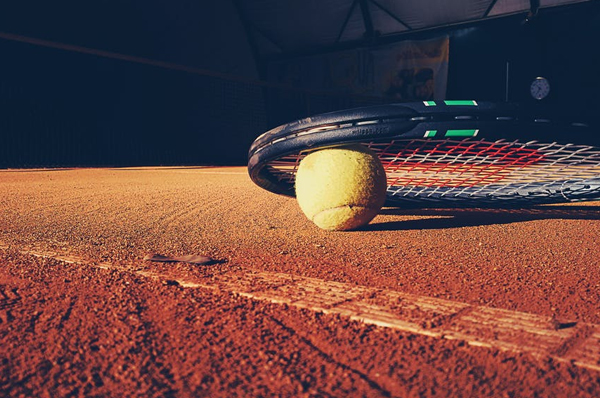Tennis
Common Injuries for Tennis Players
Tennis injuries are common at all skill levels – from beginners to professional. Most injuries happen in the upper limbs such as shoulder impingement and rotator cuff strains or tears, elbow pain or wrist pain. Other injuries also include lower back pain, Knee ligament strains and knee meniscus strains.

As physios who play tennis ourselves, some questions in the evaluation may include asking about: the type of strings you use, string tension, weight of your racket, grip size, type of grip used for each stroke, type of shoes, type of serve, single or double handed etc.
Shoulder Injuries
Shoulder injuries can occur for a myriad of reason, but most injuries occur from serving or overuse injuries. If the shoulder injury occurs from serving, thereis usually a mechanically fault with the serve, serving too hard, serving excessively in a training session or weakness in the shoulder that is exposed with repetitive overload.
What can you do?
Ice the shoulder after each session and get your coach to check on the service action. Cutting down on the number of serves per session will also help.
What can MyPhysio do?
Checking the specific tendon that is involved, check for range of motion to prevent a frozen shoulder, pain reduction, service mechanics and ball toss position etc.
Sports Enhancement
Using proper mechanics of using the trunk, core and legs are key to a consistent and fast serve. Good technique not only prevents injury but keeps service speed consistent from Set 1 to 3!
Tennis Elbow
Most elbow and forearm injuries usually occur from having a weak wrist at impact, weak triceps, overuse injury, change to a heavier racquet, change in strings, hitting heavy wet balls, hitting late etc.
What can you do?
Rest from playing excessively, ice the elbow, tape the wrist, stretch triceps etc
Stretch the forearm between points or let go of your racket and hold it in the off hand.
What can the MyPhysio do?
Our physios will teach you specific taping techniques for tennis that does not affect gripping of the racquet,
Myofascial/soft tissue releases to relieve built up tension in the forearm that can cause tendon abrasion on the elbow,
Checking your racquet grip and technique at Impact are also keys to recovery.
Sports Enhancement
Recovery is the first step, but learning to strengthen the elbow shoulder and wrist with a proper tennis specific tubing exercises will improve the velocity and depth of your strokes while preventing further injury and discomfort.
Knee Ligament and Meniscus Strain
Tennis requires a myriad of movement patterns including cuts, lunges, forward sprints, jumps, back peddling etc. Most knee problems occur when one is fatigue which leads to poor footwork and more use of the knee joint vs the muscles. The increase torque on the knee along with decreasing knee stability may lead to ligament and meniscus strains.
What can you do?
Consider wearing a sleeve brace to support fatigue muscles when playing long matches.
Stay light on the toes and try to minimize over reaching or over lunging for balls.
What can MyPhysio do?
We will usually start with some knee testing to see what structures are involved if there is no prior MRIs taken.
Next we check on your balance and foot structure.
Provide good advice on proper rest and certain strokes to avoid.
Sports Enhancement
Our first goal is to get you pain free while concurrently improve on your knee mechanics to maximize usage of your knee musculature rather than your knee joint or ligaments. We go through footwork drills for all strokes to improve movement patterns and speed.
Lower Back Pain
This occurs with poor running technique, tight hip flexors, hamstrings or gluts. Other possibilities include a poor stretching routine or over training.
What can you do?
Stretch and release with the use of a massage ball or foam roller on the hips, lower back and hamstrings.
Reduce running drills during practice.
X rays may be needed in adolescent teens if muscle spasms become more frequent.
What can MyPhysio do?
Do graduated myofascial releases to reduce discomfort vs aggressive massage which may aggravate pain in the lower back and legs.
Check the spine for possible scoliosis or muscle imbalances.
Sports Enhancement
Teach basic core stability principals (see Core Alpha: Spine), improve lower body and spinal mobility/strength to improve jumping and cutting on the court.


